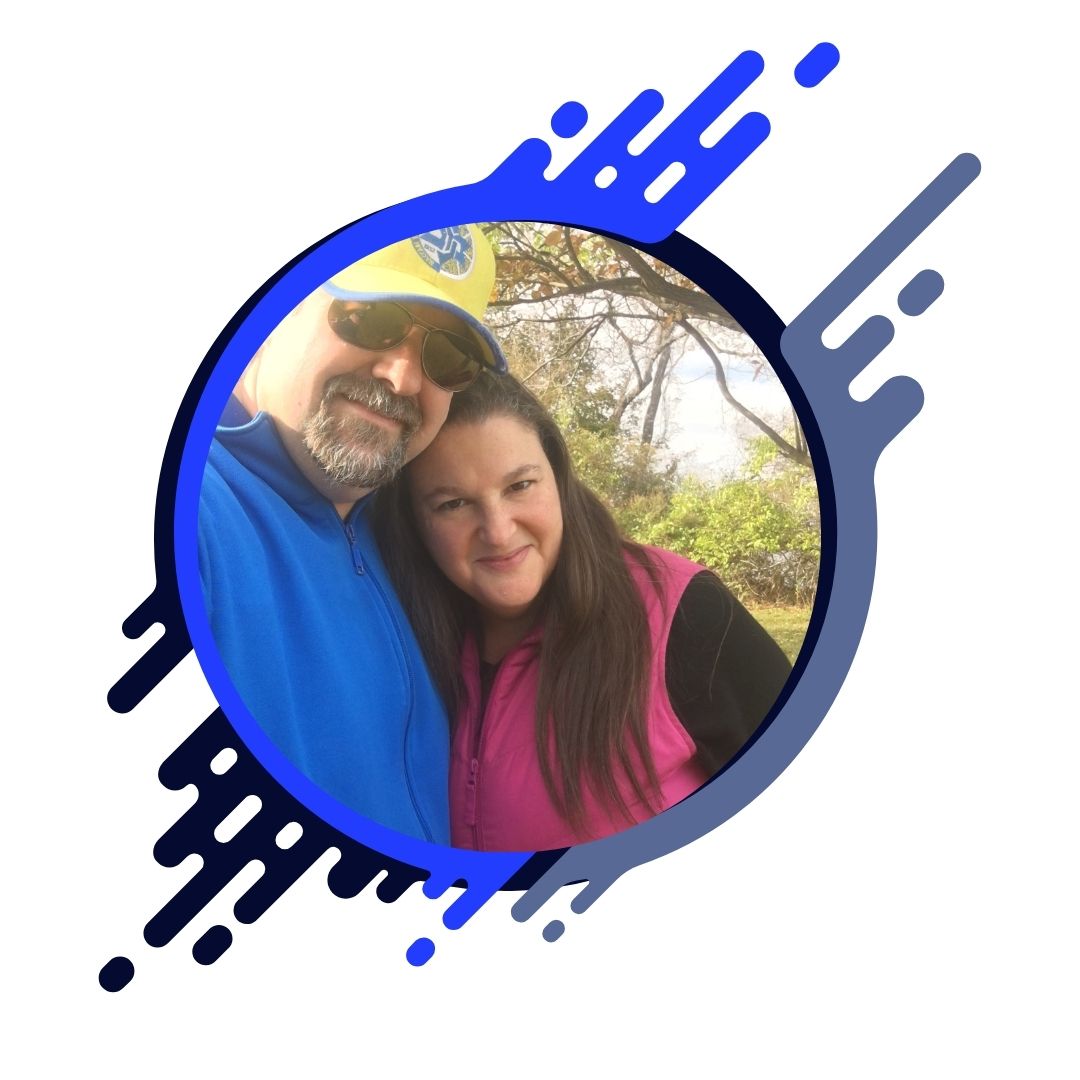
For individuals dealing with ADHD—whether it’s you or your child—you already know how tied into daily life it is. One of the lesser-discussed but incredibly impactful struggles? Sleep. ADHD is often accompanied by sleepless nights, restless tossing and turning, or an inability to fully fall asleep. These disruptions can lead to exhaustion, mood swings, and challenges with focus during the day.
But what if there was a natural, non-invasive way to improve sleep patterns and calm that overactive mind? Enter neurofeedback, an innovative approach that’s reshaping how we address sleep issues related to ADHD.
Understanding ADHD and Sleep Struggles
ADHD affects the ability to regulate attention, emotions, and energy levels. It also impacts the brain’s ability to settle into restful states. Research shows that nearly 25–50% of children and adults with ADHD struggle with sleep disturbances, including:
- Difficulty falling asleep: An overactive mind often leads to racing thoughts at bedtime.
- Restless sleep: Frequent waking during the night or not feeling refreshed upon waking.
- Delayed sleep patterns: A shifted internal clock that keeps individuals wide awake far past bedtime.
Poor sleep makes ADHD symptoms more challenging to manage, creating a frustrating feedback loop. Conventional solutions often include behavioral therapies or medications, but these don’t always address the sleep-specific challenges effectively. This has led many parents and individuals to explore more holistic options—cue neurofeedback.
What is Neurofeedback?
Neurofeedback, also referred to as EEG biofeedback, is a science-backed therapy that trains your brain to function more efficiently. Put simply, it’s like a workout for your brain’s neural pathways.
During a neurofeedback session:
- Sensors are placed on the scalp to measure brain activity.
- A computer monitors these patterns in real-time.
- Feedback (like auditory sounds or visual cues) is provided, encouraging your brain to self-regulate and adopt healthier patterns.
Over time, and with consistent use, the brain learns to enter a state of calm, balance, and focus. This retraining can directly benefit areas tied to sleep regulation.
How Neurofeedback Helps with Sleep for ADHD
Neurofeedback has emerged as a promising tool for managing some of the key brainwave dysregulations associated with ADHD and its impact on sleep. Here’s how it helps:
1. Calms the Overactive Mind
ADHD brains often operate in a heightened state, marked by excessive beta brainwave activity (associated with alertness and hyperactivity). Neurofeedback encourages a shift toward alpha and theta waves, which are tied to calmness and relaxation—ideal for falling asleep and staying asleep.
2. Regulates the Body’s Sleep-Wake Cycle
ADHD can delay internal processes like melatonin release, pushing the body’s natural clock out of sync. Neurofeedback helps “retrain” the brain to follow a more regular, rhythmic sleep-wake cycle, allowing individuals to fall asleep more quickly and wake feeling refreshed.
3. Promotes Deep Sleep
Neurofeedback boosts slow-wave activity (Delta brainwaves), critical for restorative sleep. This is the stage where memory is consolidated, and the body repairs itself. ADHD brains can struggle to enter these deep restorative phases, leaving individuals feeling fatigued no matter how long they sleep.
4. Reduces Nighttime Restlessness
Many ADHD individuals experience frequent awakenings or movement during the night. By promoting stability in brainwave patterns, neurofeedback improves overall sleep quality, minimizing disruptions.
What Does the Research Say?
Though neurofeedback is still gaining mainstream attention, current research highlights its potential for improving sleep in those with ADHD:
- A study published in Clinical EEG and Neuroscience found that individuals receiving neurofeedback therapy reported significant improvements in sleep latency (how quickly they fall asleep) and overall sleep quality.
- Other trials, including one from The Journal of Clinical Psychology, observed both ADHD symptom reduction and better sleep patterns after consistent neurofeedback sessions.
While more large-scale research is still ongoing, these findings provide hope for individuals and families.
Why Holistic Families Are Turning to Neurofeedback
Many families seeking alternatives to medication appreciate neurofeedback’s holistic approach. It’s:
- Non-invasive: There are no drugs, needles, or intensive medical procedures.
- Personalized: Each neurofeedback program is tailored to an individual’s unique brain activity.
- Long-lasting: Results often continue to improve after therapy sessions have ended, as the brain retains its newly learned patterns.
It also aligns with a growing interest in natural, side effect-free therapies. For parents of children with ADHD, neurofeedback offers a gentle way to address sleep concerns without the fear of complications.
What You Should Know Before Starting Neurofeedback
If you’re considering neurofeedback therapy for sleep issues, here are a few tips to keep in mind:
- Be Patient: Neurofeedback is a process, not a quick fix. It typically takes several sessions before changes are noticeable.
- Work with a Professional: A trained neurofeedback technician or therapist ensures the treatment is safe and effective.
- Combine It with Good Sleep Hygiene: Support the therapy with consistent bedtime routines, proper sleep environments, and mindfulness practices for the best results.
Final Thoughts
Sleep is a crucial part of overall well-being, but for those navigating ADHD, it can feel frustratingly elusive. Neurofeedback provides a science-backed, drug-free way to address the root causes of this challenge, helping the brain find balance and paving the way for better nights and brighter days.
If you’re looking for holistic solutions to help manage ADHD sleep difficulties, neurofeedback might be exactly what you or your child needs. Together with healthy habits, it could just be the missing piece in your sleep puzzle.


0 Comments